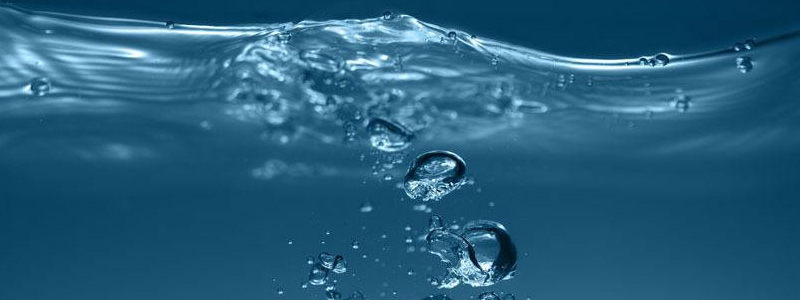
Polyacrylamide
Polyacrylamide is PAM. There are three main types of PAM, anion, cation, anion and cation. They are based on different types of ions, and the required solution environment is also different. The effect of anion is better under alkaline conditions, and the effect of anion and cation is acidic. The conditions will be better. In addition, depending on the type of ion, the use and effect are different. Anions are mainly used to aid coagulation.
- Polyacrylamide
Properties: white powder or translucent beads and flakes. The density is 1.30g/cm3 (23°C). The glass transition temperature is 153°C. The softening temperature is 210°C. It is soluble in water, and the aqueous solution is a uniform and clear liquid. The viscosity of the aqueous solution increases significantly with the increase in the molecular weight of the polymer, and increases or decreases logarithmically with the change in the concentration of the polymer. Except for a few polar solvents such as acetic acid, acrylic acid, chloroacetic acid, ethylene glycol, glycerin, molten urea and formamide, it is generally insoluble in organic solvents. Prepared by acrylamide monomer by solution polymerization or dispersed phase polymerization. It has multiple functions such as flocculation, thickening, drag reduction, adhesion, stable colloid, film formation and scale inhibition.
It is widely used in papermaking, mining, coal washing, metallurgy, petroleum exploration and other industrial sectors, and is an important chemical for water treatment. It can react with a variety of reagents to introduce other groups to form non-ionic, anionic, and cationic, etc., control different molecular weights, ionic types and degree of substitution, and can be used as dry reinforcing agents and surface coatings in the paper industry. A variety of chemical additives such as glue, retention aid, filter aid, dispersant, flocculant, wet strength agent, etc., is a multifunctional additive in the paper industry.
- Polyacrylamide is abbreviated as PAM, its scientific name is polyacrylamide, also known as No. 3 coagulant. It is a linear water-soluble polymer with a molecular weight of 3-18 million. The appearance is white powder or colorless viscous colloid, odorless , Neutral, soluble in water, easy to decompose when the temperature exceeds 120℃.
- Polyacrylamide (PAM) is a general term for polymers obtained by homopolymerization or copolymerization of acrylamide monomers under the action of initiators. It is one of the most widely used varieties of water-soluble polymer materials. It is mainly used in petroleum exploration, water treatment, and In textile, papermaking, mineral processing, medicine, agriculture and other industries, it is known as "Auxiliary Agents for All Industries".
For more details and technical informations about PAM - Polyacrylamide...
Contact us to serve you today!
 Previous
Previous  Next
Next Get answers and advice from people you want it from.